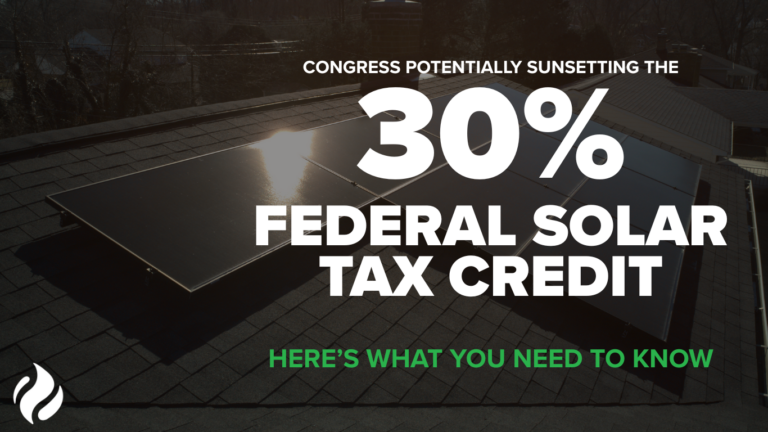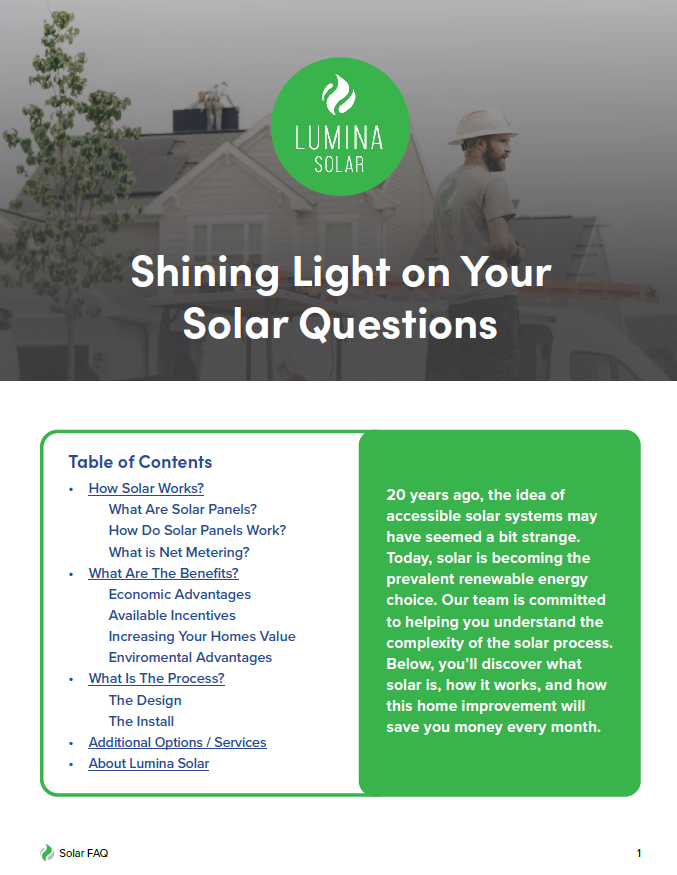Concentrated Photovoltaics: Focused Solar Power Plays A Significant Role In The Efficiency Of Solar Panels
Early Beginnings of Concentrated Photovoltaics
Ever wondered how the sun’s power can be harnessed in a more intensified manner? Enter the world of Concentrated Photovoltaics (CPV). It’s a tale that spans decades, starting in the 1970s, when the energy crisis was at its peak. A time when, out of necessity, the concept of using lenses or mirrors to concentrate a large area of sunlight was born.
Evolution and Development
During the 1980s, CPV saw a major leap forward. Researchers began exploring new materials and configurations, leading to a significant increase in efficiency. Can you imagine the excitement when they achieved a 20% efficiency rate for the first time?
- In the 1990s, CPV systems continued to evolve, with advancements in multi-junction solar cells propelling the technology to new heights.
- Fast forward to the 2000s, where we saw the advent of high-concentration photovoltaics (HCPV), a game-changer in CPV technology.
Modern Day Innovations
Talking about the present, the journey of CPV has been nothing short of a roller-coaster ride. Today, we see HCPV systems reaching efficiencies above 40%, a feat that seemed almost impossible back in the day. It’s fascinating, isn’t it?
So here’s a thought: As we look back at the history of Concentrated Photovoltaics, one might wonder, what’s next on this solar adventure? Only time will tell.
Design and Functioning of Concentrated Photovoltaics
Ever wondered how Concentrated Photovoltaics (CPV) work? Well, they utilize the power of the sun’s rays, concentrating them onto a small area to generate electricity. Imagine a magnifying glass focusing sunlight onto a small point, that’s CPV in action!
The Design
The design of CPV systems is a marvel in itself. Remember, the devil is always in the details. It’s not just about slapping together some solar cells. Each CPV module consists of a solar cell mounted on a heat sink and covered by a concentrator lens. These components work in unison to capture and convert sunlight into usable energy.
Functioning
Now, how does a CPV system function? Let’s break it down. The concentrator lens captures sunlight and focuses it on the solar cell. This concentrated light is then converted into electricity by the cell, a process known as the photovoltaic effect. It’s much like a sunflower turning to face the sun, only instead of producing seeds, we’re generating power!
- Concentrator Lens: This is responsible for capturing and focusing sunlight onto the solar cell.
- Solar Cell: This is where the magic happens; the concentrated sunlight is converted into electricity here.
- Heat Sink: This component prevents the solar cell from overheating, thus ensuring efficient operation.
So, the next time you see a CPV system, rather than seeing just another piece of technology, you’ll see the harmonious dance of design and function working together to harness the sun’s power.
Advantages of Concentrated Photovoltaics
Embracing Concentrated Photovoltaics (CPV) can be likened to catching sunshine in a bottle. With their high efficiency rates, they’re a game-changer in the solar energy industry. Can you imagine squeezing out up to 40% efficiency from a solar panel? That’s what CPV brings to the table.
The use of multi-junction cells in CPV systems further deepens their appeal. These cells are designed to utilize different wavelengths of sunlight, ensuring virtually no light is wasted. If that doesn’t scream efficiency, then what does?
Disadvantages of Concentrated Photovoltaics
Yet, as with all silver linings, a cloud lurks nearby. CPV systems are not without their fair share of pitfalls. For starters, they require direct sunlight to operate optimally. This poses a problem in regions where the sun plays hide-and-seek behind clouds often, doesn’t it?
Furthermore, the CPV’s high concentration levels generate a lot of heat. This necessitates a cooling system, adding to the overall cost. Ever thought about the irony of the sun’s heat being a potential stumbling block in harnessing solar energy?
Lastly, the deployment of CPV systems on a large scale is fraught with hurdles. The need for precise orientation towards the sun demands sophisticated tracking systems. Wouldn’t you agree that this adds a layer of complexity to solar power generation?
In the grand scheme of things, the advantages and disadvantages of CPV systems must be weighed carefully. After all, isn’t that the essence of making informed decisions?
Applications of Concentrated Photovoltaics
Concentrated Photovoltaics (CPV) have found their niche in a variety of applications. One of the key uses is in solar power plants, where the goal is to generate electricity on a large scale. The intensity of sunlight is leveraged to its maximum potential, and the result? An impressive power output that rivals traditional energy sources.
So, you may ask, “What’s the trick?” It’s the solar tracking system! This keeps the PV cells oriented towards the sun throughout the day, optimizing the capture of solar energy.
Urban Infrastructure
Cityscapes too have seen the embrace of CPV systems. With space at a premium, the efficiency of CPV comes into play. Imagine skyscrapers, those towering giants, donned with photovoltaic cells, silently and relentlessly harvesting sunlight. The visual is as astounding as the potential energy savings.
Remote Off-Grid Locations
In contrast, the boon of CPV is not limited to bustling metropolises. Picture this – a remote, off-grid village, miles away from the nearest conventional power source, lit up by the energy of the sun. CPV systems can make this a reality, providing a lifeline to isolated communities.
- Powering medical facilities
- Lighting up schools
- Supporting local businesses
These are but a few examples of CPV’s wide-ranging capabilities. The question isn’t “why should we use CPV?” but rather “why aren’t we using CPV more?”
Future Developments in Concentrated Photovoltaics
The realm of solar power is ever-evolving, and Concentrated Photovoltaics (CPV) sits at the forefront of this innovation. But what lies beyond the horizon for this technology?
Enhanced Efficiency
CPV systems are renowned for their efficiency. Yet, the quest for greater efficiency never ceases. Scientists strive to harness more sunlight, maximizing output while minimizing space. What if each panel could capture more light than ever before? Imagine the possibilities.
Cost Reduction
While CPV is efficient, it’s not without its cost hurdles. It’s a puzzle that has many in the industry scratching their heads. But progress is on the horizon. Innovative manufacturing techniques promise to drive down costs, making CPV more accessible to the world.
Increased Sustainability
CPV systems, by their nature, are sustainable. Yet, the sector is constantly exploring ways to lessen their environmental impact – a critical factor in a world grappling with climate change.
Integration with Existing Infrastructure
Integration with existing power grids is another area ripe for exploration. The question is, how can we make solar power not just an alternative, but the primary source of electricity?
As we look to the future, the potential for Concentrated Photovoltaics is vast. The journey may be fraught with complexities, but the destination holds the promise of a brighter, more sustainable world.
Concentrated Photovoltaics
Pronunciation: /kɒnsəntreɪtɪd foʊtoʊˈvoʊltɑɪks/
Definition
Concentrated Photovoltaics (CPV) is a type of photovoltaic technology which generates electricity from sunlight. Unlike conventional photovoltaic systems, CPV uses lenses and curved mirrors to focus sunlight onto small, highly efficient, multi-junction solar cells. This technology aims to increase the efficiency of solar panels significantly.
History and Development
The development of concentrated photovoltaics began in the early 1970s, with initial efforts primarily focused on exploring the potential of concentrator systems for space applications. In recent years, significant advancements have been made in CPV technology, making it an increasingly viable option for large-scale solar power generation.
Advantages and Disadvantages
Concentrated photovoltaics offer several advantages over conventional photovoltaic systems, including higher efficiency and the potential for lower costs per unit of electricity generated. However, they also have some disadvantages, such as the need for direct sunlight and precise alignment with the sun, making them less suitable for certain geographical locations and weather conditions.
For more information about Concentrated Photovoltaics contact Lumina Solar today.
Useful Links
Parallel Circuits, Diode, Automobile Auxiliary Power Outlet, Usb, Solar Cell Efficiency, Electromagnetic Spectrum, Ultraviolet, Infrared, Monochromatic, Irradiance, W/M2, Spectrum, Airmass, Solar Irradiance, Soiling (Solar Energy), Open-Circuit Voltage, Short-Circuit Current, Watt-Peak, Voltmeter, Potential-Induced Degradation, Boron, Photovoltaic Mounting System, Solar Power Plant, Agrivoltaics, Bifacial Solar Cells, Solar Canopy, Solar Array, Patio Cover, Zenith Angle, Azimuth Angle, Occupational Hazards Of Solar Panel Installation, Cadmium Telluride, Gigawatt, Gigawatt, Experience Curve Effects, Photovoltaics, Grid Parity, Mains Electricity, Balance Of System, Solar Energy, Applications Of Photovoltaics, List Of Solar-Powered Products, Photovoltaic Power Station, Solar Hybrid Power Systems, Concentrated Photovoltaics


